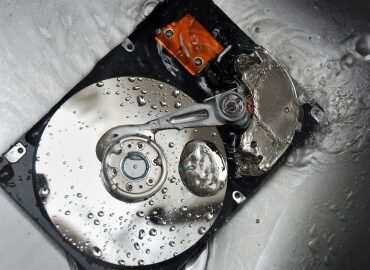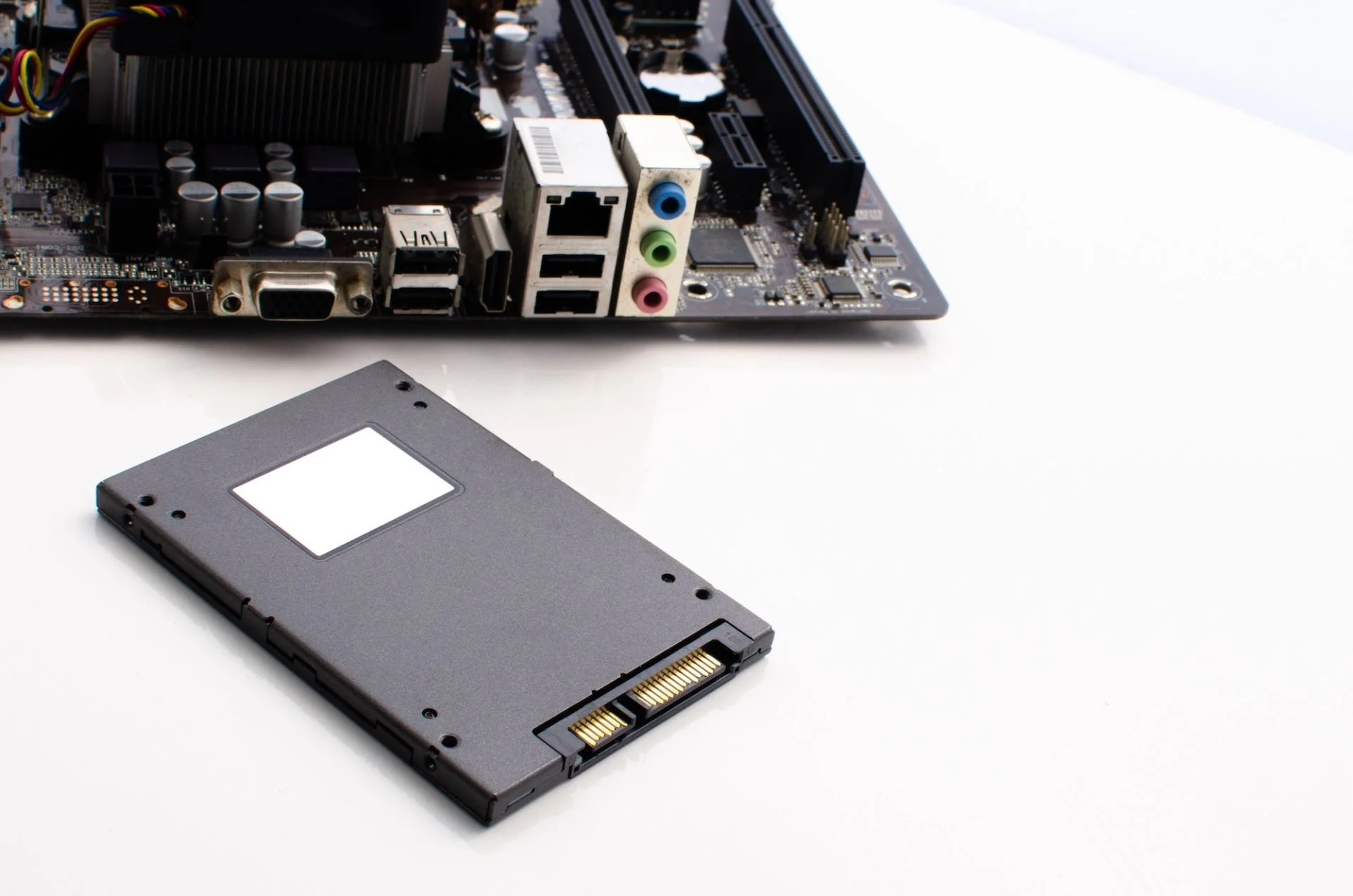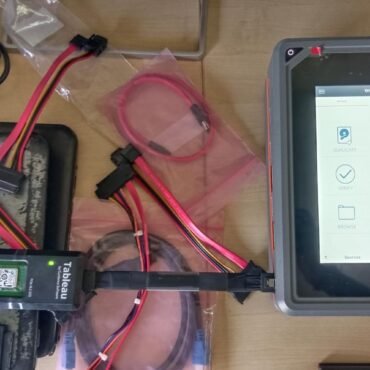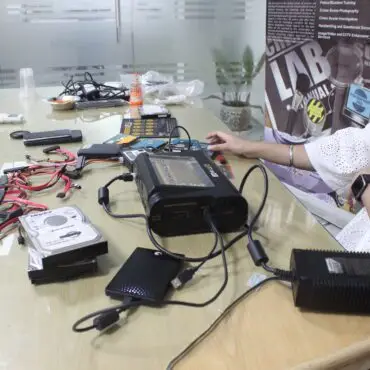SSD Data Recovery: Overcoming the Challenges of Modern Storage
Solid-State Drives (SSDs) have revolutionized the way we store and access data. With their lightning-fast read/write speeds, durability, and compact design, SSDs have become the preferred storage option for laptops, desktops, and enterprise systems. However, despite their advantages over traditional hard drives, SSDs are not immune to failure. When an SSD fails, data recovery becomes a highly complex task due to the unique architecture and technology of these drives.
In this blog, we will explore the common causes of SSD failure, the do’s and don’ts during SSD failure, the challenges in recovering data from SSDs, and the solutions available for overcoming these hurdles.
Common Causes of Solid-State Drive Failure
Unlike mechanical hard drives that fail due to moving parts, SSDs fail for reasons that are often more technical and less predictable. Some of the most common causes include:
-
NAND Flash Wear and Tear
SSDs rely on NAND flash memory, which has a finite number of write/erase cycles. Over time, this wear leads to degraded performance and eventual failure.
-
Controller Failure
The controller is the brain of the SSD, managing data storage, wear leveling, and error correction. A malfunction or corruption in the controller can make the entire drive unreadable.
-
Firmware Corruption
Firmware issues can cause an SSD to malfunction, resulting in boot errors, data inaccessibility, or complete drive failure.
-
Power Surges or Power Loss
Sudden loss of power or power spikes can damage the SSD’s internal circuitry or corrupt stored data.
-
Physical Damage
Although SSDs are more resistant to shocks compared to HDDs, exposure to extreme heat, moisture, or accidental damage can still lead to data loss.
-
Bad Blocks
Similar to bad sectors in HDDs, SSDs can develop bad blocks over time, leading to inaccessible or corrupted files.
Do’s and Don’ts During SSD Failure
When an SSD shows signs of failure, how you respond can make the difference between successful recovery and permanent data loss.
✅ Do’s:
-
Back Up Immediately: If your SSD is still partially accessible, create a full backup of your data right away.
-
Monitor Warning Signs: Look out for slow performance, frequent crashes, or unusual noises (from external enclosures).
-
Use Professional Tools/Services: Rely on professional forensic and recovery tools for safe data retrieval.
❌ Don’ts:
-
Don’t Keep Writing to the Drive: Continuing to use the SSD can overwrite data, making recovery impossible.
-
Don’t Attempt DIY Repairs: Unlike HDDs, SSDs require specialized equipment and expertise; opening or tampering with the drive may cause irreversible damage.
-
Don’t Ignore Early Warnings: Ignoring error messages, system crashes, or disappearing files can lead to permanent loss.
Challenges in SSD Data Recovery
Recovering data from SSDs is significantly more challenging compared to traditional hard drives due to their complex technology. Key challenges include:
-
TRIM Command
Modern SSDs use the TRIM command to wipe deleted files, ensuring better performance but making recovery of deleted data extremely difficult.
-
Wear Leveling Algorithms
SSDs distribute data evenly across memory cells to prolong lifespan. While this helps durability, it scatters file fragments, complicating recovery.
-
Encryption
Many SSDs come with built-in hardware encryption, making recovery impossible without the correct encryption key or access to the controller.
-
Proprietary Technology
Each SSD manufacturer uses different controllers, firmware, and storage techniques. This lack of standardization adds layers of complexity to recovery.
-
Firmware Issues
A corrupted or damaged firmware often requires specialized tools and knowledge of the specific model to repair before recovery can even begin.
Solutions for SSD Data Recovery
While challenging, SSD data recovery is possible with the right approach and expertise. Some solutions include:
-
Professional Data Recovery Labs
Experts use advanced forensic tools and cleanroom environments to recover inaccessible data from failed SSDs.
-
Firmware Repair
Specialized techniques can repair corrupted firmware, allowing access to otherwise locked data.
-
Controller Chip Repair/Replacement
In cases of controller failure, professionals may attempt chip-off recovery, where NAND chips are physically removed and read directly.
-
Forensic Imaging
Creating a bit-by-bit forensic image of the SSD ensures no further data corruption occurs during recovery attempts.
-
Advanced Tools
Tools like PC-3000, Atola, and specialized forensic software help bypass damaged controllers, repair firmware, and extract data securely.
-
Preventive Approach
The most effective solution is prevention—regular backups, avoiding sudden shutdowns, using surge protectors, and monitoring SSD health can reduce the risk of data loss.
Conclusion
While SSDs offer superior speed and reliability, they are not immune to data loss. Their complex architecture, use of TRIM, and encryption make recovery a challenging process that requires advanced tools and professional expertise. Understanding the common causes of failure, the do’s and don’ts during failure, and the challenges involved can help users make informed decisions when faced with SSD issues.
When critical data is at stake, always seek the help of a professional data recovery specialist. At Hawk Eye Forensic, we combine cutting-edge forensic tools and years of expertise to overcome SSD recovery challenges and retrieve valuable data securely.





Post comments (0)